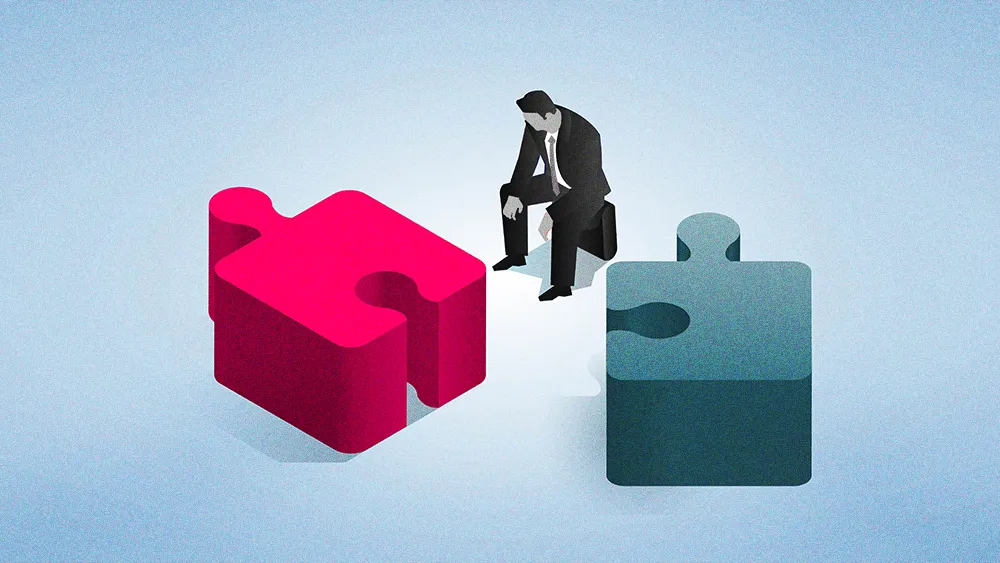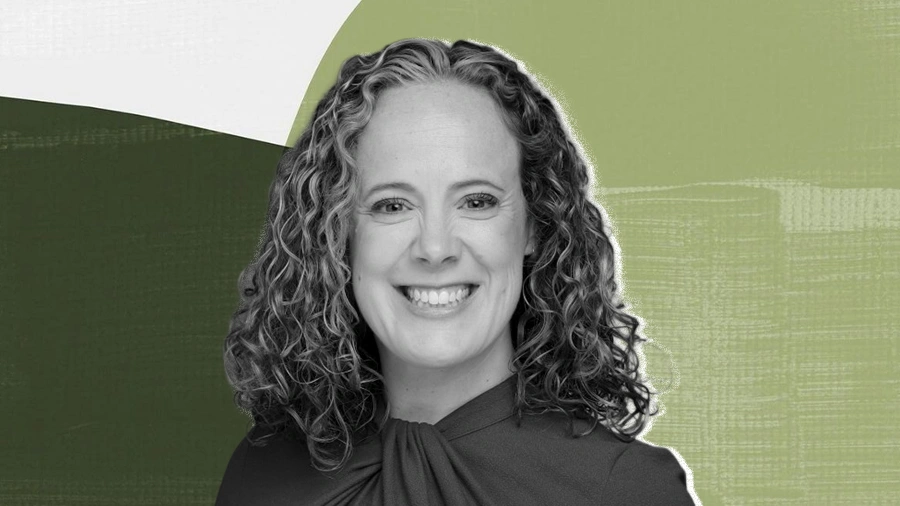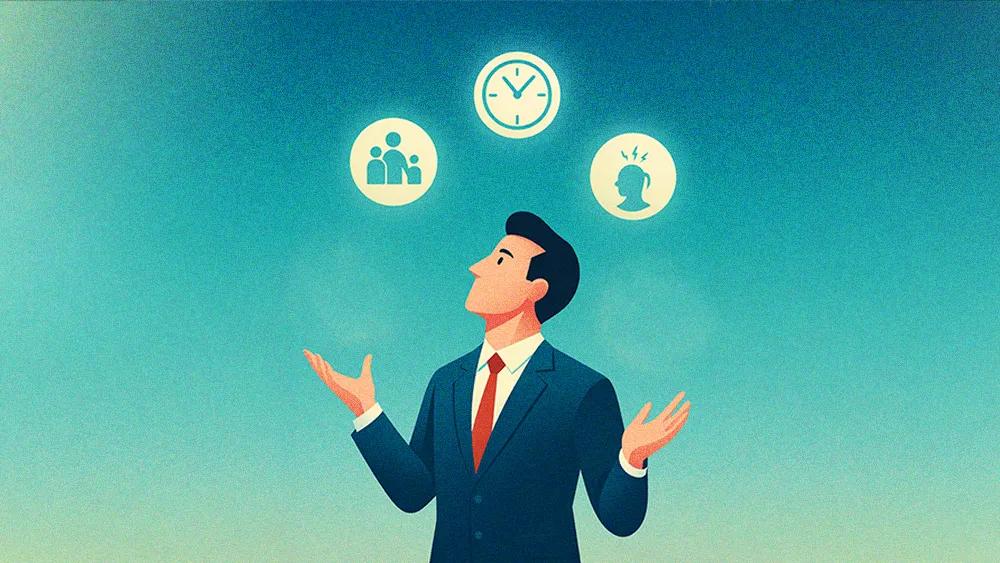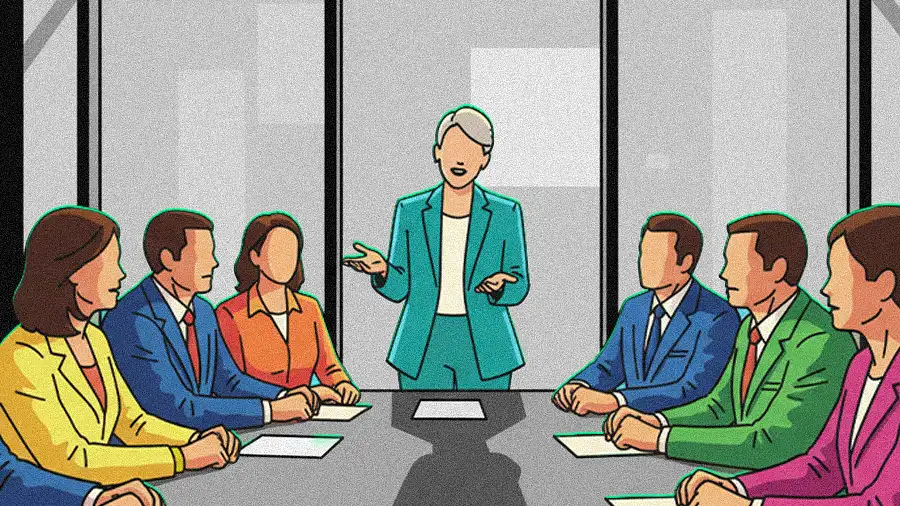When Corporate Culture Turns Performative, Connection Fades and Business Growth Stalls

Key Points
Many organizations blur the line between culture and community, creating a polished persona that no longer reflects their people and weakens belonging.
Jae Washington, Owner and Principal Consultant at Birdie in the Hand, explains that when employees aren’t seen or heard, trust erodes and growth slows.
She advises leaders to choose unorthodox builders who lead with curiosity, set clear frameworks, and trust their teams to create authentic, aligned cultures.
Community is the person, but culture is the personality. You can build a culture without community, but it will always fall flat because culture is meant to express the people behind it. When employees are not seen, heard, or valued, that personality stops reflecting the person and belonging begins to fade.

Jae Washington
Owner, Principal Consultant
Birdie in the Hand
Culture is how a company behaves. Community is who that company really is. Many workplaces blur the line between the two, polishing a brand personality that doesn’t reflect the people behind it until employees stop seeing themselves in the story. Belonging turns into performance, trust fades, and growth quietly slips away.
Jae Washington, a consultant, coach, and former Head of Community for Enterprise Experiences at Headspace, has spent her career examining the disconnect. With a background as a Clinical Mental Health Coach, she now partners with organizations on mindful leadership and growth strategy through her consultancy, Birdie in the Hand. For Washington, the philosophy is simple: culture can become an empty persona. When its prescribed behaviors aren’t authentically rooted in the people who make up the organization, the persona rings hollow.
“Community is the person, but culture is the personality. You can build a culture without community, but it will always fall flat because culture is meant to express the people behind it. When employees are not seen, heard, or valued, that personality stops reflecting the person and belonging begins to fade,” says Washington.
Dinner party rules: When that personality clashes with the person, the result can be a damaging sense of alienation. The fix begins with understanding the difference between superficial inclusion and authentic belonging. “Inclusion is offering a seat at the table. Belonging is knowing your dietary restrictions, preparing food for you, and serving it at the same time that everyone else is eating.”
Show up as you are: “Culture sometimes encourages imposter syndrome,” Washington says. “It asks you to show up in the way you are being asked to, not as who you are. I prefer community, where you can show up as you are so we can celebrate your gifts and strengths in a way that serves both you and the broader whole.” When employees feel free to show up as themselves, their individuality becomes an asset rather than something to hide.
But this alignment is more than a feel-good gesture or an HR buzzword. When culture and community truly work in tandem, they create an ecosystem where people feel seen, ideas flow freely, and progress happens almost on its own. In Washington’s view, that kind of cohesion doesn’t just lift morale. It fuels real, measurable growth.
The aligned advantage: “When you create an ecosystem that celebrates individuals’ gifts and activates them for the whole, the natural byproduct is growth and revenue. Your organization becomes a cohesive system that people understand and partner with intentionally because they’ve bought into it,” she says.
So how do you build this aspirational culture? Washington’s advice is to start with people. Building a bespoke, aligned culture hinges on choosing the right kinds of leaders: the “unorthodox builders” who can dream beyond the status quo.
Dreamers wanted: “My advice is to first pick leaders that can build and dream with you. Don’t settle for the status quo. Be willing to choose the dreamers who are clear about the limitlessness of what’s possible,” Washington says. “Let ego lead less and growth and curiosity lead more. Be clear about the outcomes you want, but be open and curious about how to get there.”
With these builders on the team, the focus turns to a different leadership approach that favors coaching over traditional top-down management. It’s an approach designed to evoke potential, best fostered within a safe container built on clear “codes of conduct” and “rules of engagement” that empower the team to unearth its own inherent gifts.
In the model Washington outlines, the leader’s role shifts to setting the overall framework and trusting their team to execute, ditching the need to micromanage every action. She uses one final metaphor to summarize the approach, comparing the journey to building a house where you trust the experts to create something beautiful together.
“You start with a loose framework, but then you allow the architects, the painters, and the plumbers to do their part. Trust them to build the beautiful house; don’t be the one piece of the puzzle deciding what everybody needs to do,” she concludes.
When you create an ecosystem that celebrates individuals' gifts and activates them for the whole, the natural byproduct is growth and revenue. Your organization becomes a cohesive system that people understand and partner with intentionally because they've bought into it.

Jae Washington
Owner, Principal Consultant
Birdie in the Hand
When you create an ecosystem that celebrates individuals' gifts and activates them for the whole, the natural byproduct is growth and revenue. Your organization becomes a cohesive system that people understand and partner with intentionally because they've bought into it.

Jae Washington
Owner, Principal Consultant
Birdie in the Hand
Related articles
TL;DR
Many organizations blur the line between culture and community, creating a polished persona that no longer reflects their people and weakens belonging.
Jae Washington, Owner and Principal Consultant at Birdie in the Hand, explains that when employees aren’t seen or heard, trust erodes and growth slows.
She advises leaders to choose unorthodox builders who lead with curiosity, set clear frameworks, and trust their teams to create authentic, aligned cultures.

Jae Washington
Birdie in the Hand
Owner, Principal Consultant

Owner, Principal Consultant
Culture is how a company behaves. Community is who that company really is. Many workplaces blur the line between the two, polishing a brand personality that doesn’t reflect the people behind it until employees stop seeing themselves in the story. Belonging turns into performance, trust fades, and growth quietly slips away.
Jae Washington, a consultant, coach, and former Head of Community for Enterprise Experiences at Headspace, has spent her career examining the disconnect. With a background as a Clinical Mental Health Coach, she now partners with organizations on mindful leadership and growth strategy through her consultancy, Birdie in the Hand. For Washington, the philosophy is simple: culture can become an empty persona. When its prescribed behaviors aren’t authentically rooted in the people who make up the organization, the persona rings hollow.
“Community is the person, but culture is the personality. You can build a culture without community, but it will always fall flat because culture is meant to express the people behind it. When employees are not seen, heard, or valued, that personality stops reflecting the person and belonging begins to fade,” says Washington.
Dinner party rules: When that personality clashes with the person, the result can be a damaging sense of alienation. The fix begins with understanding the difference between superficial inclusion and authentic belonging. “Inclusion is offering a seat at the table. Belonging is knowing your dietary restrictions, preparing food for you, and serving it at the same time that everyone else is eating.”
Show up as you are: “Culture sometimes encourages imposter syndrome,” Washington says. “It asks you to show up in the way you are being asked to, not as who you are. I prefer community, where you can show up as you are so we can celebrate your gifts and strengths in a way that serves both you and the broader whole.” When employees feel free to show up as themselves, their individuality becomes an asset rather than something to hide.

Jae Washington
Birdie in the Hand
Owner, Principal Consultant

Owner, Principal Consultant
But this alignment is more than a feel-good gesture or an HR buzzword. When culture and community truly work in tandem, they create an ecosystem where people feel seen, ideas flow freely, and progress happens almost on its own. In Washington’s view, that kind of cohesion doesn’t just lift morale. It fuels real, measurable growth.
The aligned advantage: “When you create an ecosystem that celebrates individuals’ gifts and activates them for the whole, the natural byproduct is growth and revenue. Your organization becomes a cohesive system that people understand and partner with intentionally because they’ve bought into it,” she says.
So how do you build this aspirational culture? Washington’s advice is to start with people. Building a bespoke, aligned culture hinges on choosing the right kinds of leaders: the “unorthodox builders” who can dream beyond the status quo.
Dreamers wanted: “My advice is to first pick leaders that can build and dream with you. Don’t settle for the status quo. Be willing to choose the dreamers who are clear about the limitlessness of what’s possible,” Washington says. “Let ego lead less and growth and curiosity lead more. Be clear about the outcomes you want, but be open and curious about how to get there.”
With these builders on the team, the focus turns to a different leadership approach that favors coaching over traditional top-down management. It’s an approach designed to evoke potential, best fostered within a safe container built on clear “codes of conduct” and “rules of engagement” that empower the team to unearth its own inherent gifts.
In the model Washington outlines, the leader’s role shifts to setting the overall framework and trusting their team to execute, ditching the need to micromanage every action. She uses one final metaphor to summarize the approach, comparing the journey to building a house where you trust the experts to create something beautiful together.
“You start with a loose framework, but then you allow the architects, the painters, and the plumbers to do their part. Trust them to build the beautiful house; don’t be the one piece of the puzzle deciding what everybody needs to do,” she concludes.




